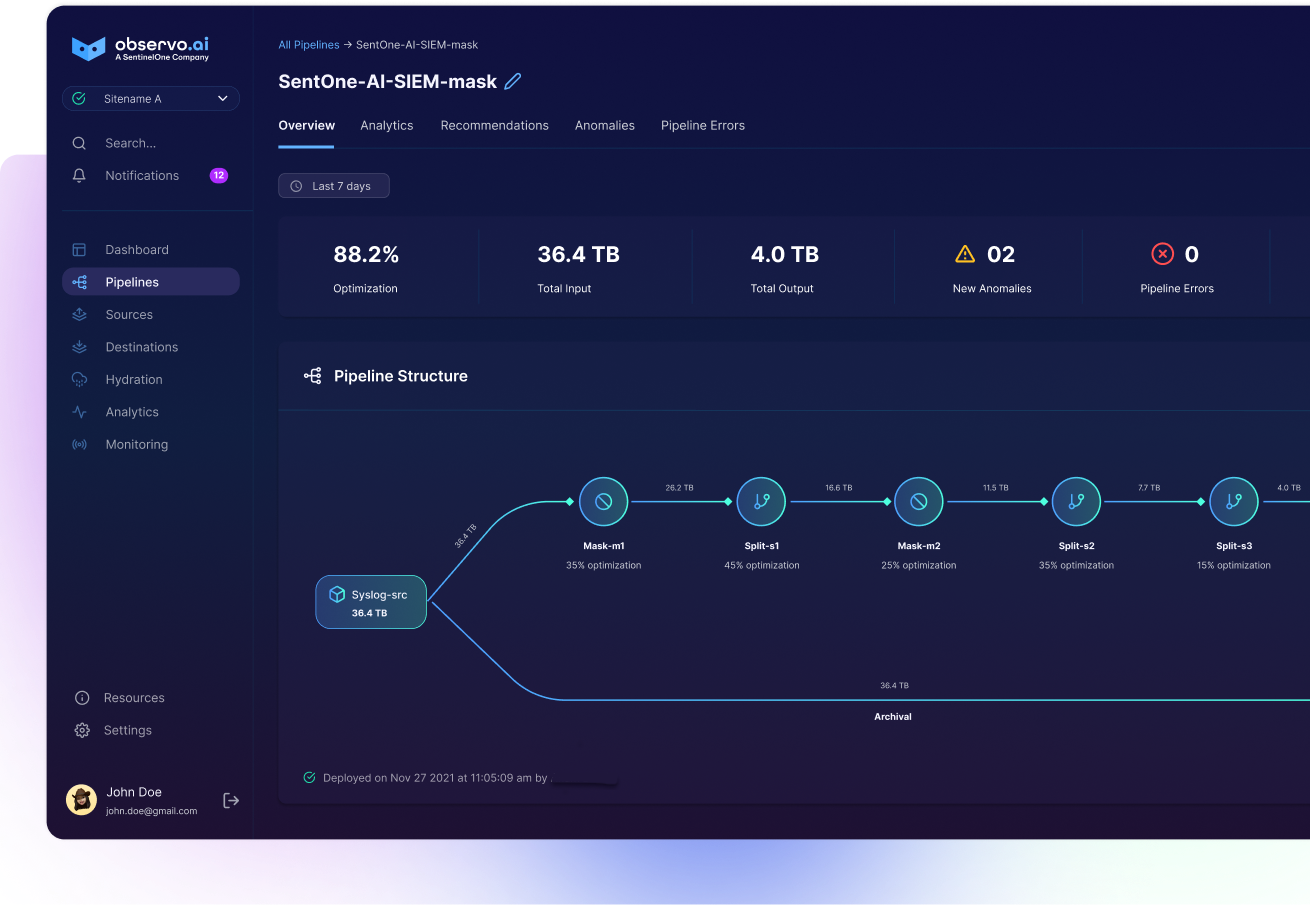Mastering OpenTelemetry - Part 1

Introduction
In the complex world of modern distributed systems, observability is vital. Observability allows engineers to understand what's happening within their systems, debug issues rapidly, and proactively ensure optimal application performance. OpenTelemetry has emerged as a powerful, vendor-neutral solution to address the challenges of observability across different technologies and environments. Quoting from OpenTelemetry blog :
“OpenTelemetry satisfies the need for observability while following two key principles:
- You own the data that you generate. There’s no vendor lock-in.
- You only have to learn a single set of APIs and conventions.”
Let's delve into the history of OpenTelemetry, its current capabilities, how it stacks up against other leading observability platforms, and its connection with the Cloud Native Computing Foundation (CNCF). This is Part 1 in a series on OpenTelemetry. Stay tuned for Part 2 where we will discuss how Observo.ai can optimize OpenTelemetry Log data and route it to any SIEM or log analytics platform.
History: From Fragmentation to Standardization
- The Problem of Vendor Lock-In: Before OpenTelemetry, the observability landscape was fragmented. Different vendors offered proprietary solutions, leading to incompatibility, lack of portability, and increased costs for organizations using multiple tools.
- OpenCensus and OpenTracing: OpenCensus (from Google) and OpenTracing (from the CNCF) were notable efforts to address this fragmentation. Their goal was to provide vendor-neutral APIs and SDKs for collecting and exporting telemetry data.
- The Birth of OpenTelemetry: In 2019, OpenCensus and OpenTracing merged to form OpenTelemetry, a Cloud Native Computing Foundation (CNCF) project. This merger aimed to create a comprehensive, vendor-agnostic observability standard encompassing traces, metrics, and logs.
What is OpenTelemetry?
OpenTelemetry is not a single product but a collection of specifications, SDKs, APIs, and tools that provide a unified way to:
- Instrumentation: Add code (manual instrumentation) or utilize auto-instrumentation agents to generate telemetry data from your applications.
- Data Collection: Capture and process traces (distributed request paths), metrics (system and application measurements), and logs (structured event records).
- Data Export: Send telemetry data to a variety of backends for analysis, visualization, and alerting.
The Role of the CNCF
The Cloud Native Computing Foundation acts as a home for OpenTelemetry, providing:
- Governance and Neutrality: Ensures OpenTelemetry remains vendor-neutral, fostering collaboration and preventing single vendor control.
- Project Maturity: The CNCF has a graduated project process, indicating that OpenTelemetry has met standards for quality, stability, and adoption.
- Ecosystem Integration: CNCF promotes OpenTelemetry alongside other cloud-native technologies, streamlining integration within cloud-native environments.
- Broad Adoption and Impact The CNCF's OpenTelemetry Project Journey Report provides concrete evidence of OpenTelemetry's influence:
- Over 1,000 organizations are actively contributing to the project. [1]
- OpenTelemetry has been integrated into major cloud platforms and observability solutions. [1]
Current Status of OpenTelemetry
- Maturity: OpenTelemetry is rapidly maturing. While still under active development, its core specifications for traces and metrics have reached stable production-ready status. Log support is progressing well.
- Adoption: OpenTelemetry has gained significant adoption across major cloud providers, vendors, and end-users due to its flexibility and vendor neutrality. The CNCF's report highlights its impressive adoption rate and large, active contributor community. [1]
- Community: A large, vibrant community actively contributes to the project, ensuring constant innovation and improvement.
OpenTelemetry vs. Other Leaders
Let's see a high-level comparison of OpenTelemetry against some popular observability platforms:

Conclusion
OpenTelemetry is revolutionizing the observability domain by offering a unified, vendor-neutral solution. Its maturity, flexibility, active community, and CNCF backing make it an excellent choice for organizations seeking future-proof observability. As it continues to develop, OpenTelemetry is poised to become the de facto standard for observability across cloud-native technologies. Similar to OpenTelemetry, which is solving the challenge of making client SDKs and agents vendor-neutral, Observo is leading the way in liberating companies and teams from vendor lock-ins. We achieve this by providing solutions that allow organizations to route, process, manage, and visualize all observability data, regardless of the vendors they choose.
At Observo, we empower companies to customize and take ownership of their observability journey. In the upcoming blogs in this series, we will go through the steps with which you can integrate Observo.ai with OpenTelemetry collectors.
Citations
- Cloud Native Computing Foundation. "OpenTelemetry Project Journey Report." https://www.cncf.io/reports/opentelemetry-project-journey-report/
- What is OpenTelemetry? https://opentelemetry.io/docs/what-is-opentelemetry/




